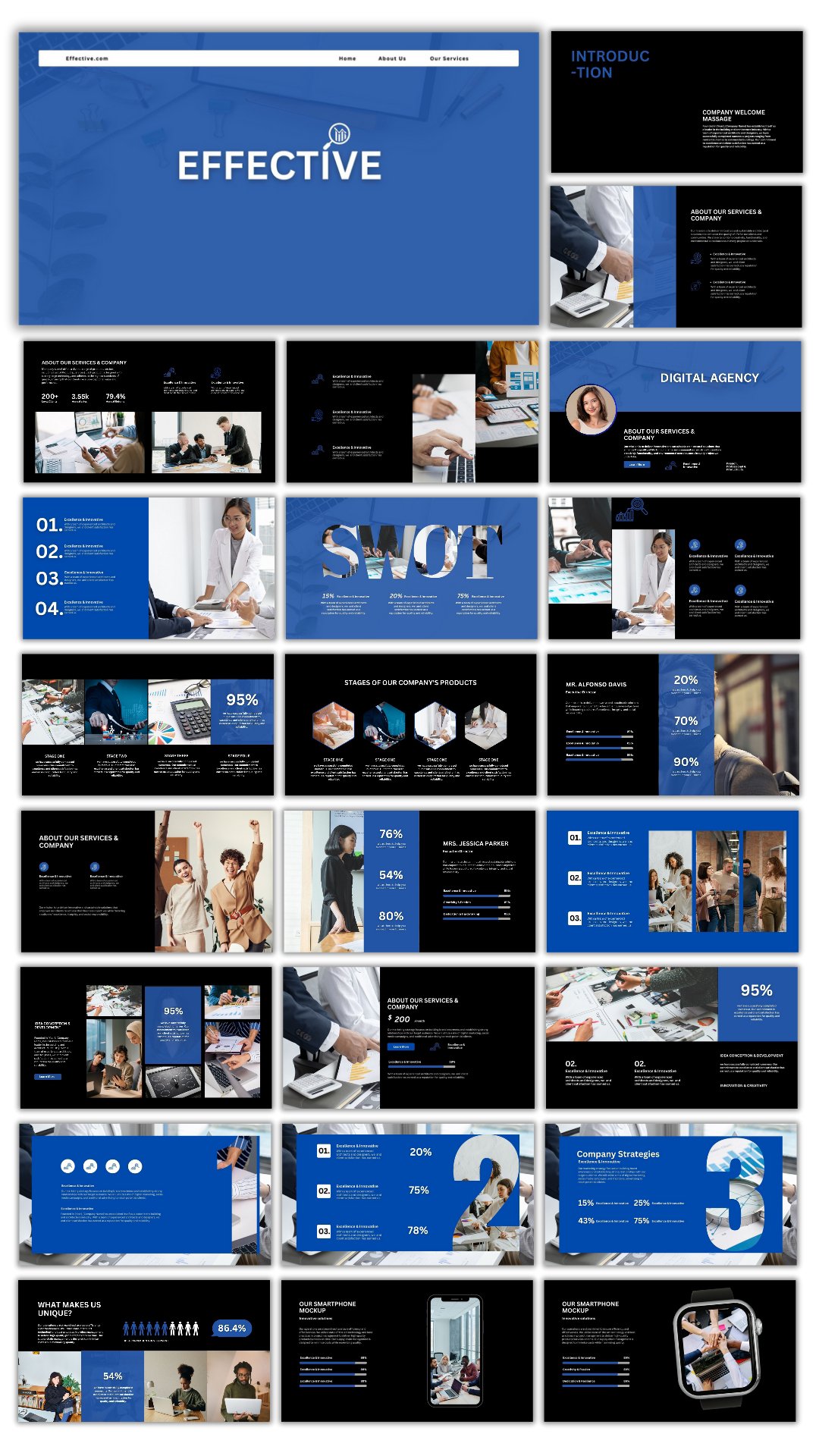
Writing a company profile is an essential task for any business, as it serves as a comprehensive overview of the organization. This document can be used for various purposes, including marketing, investor relations, and stakeholder communication.

A well-crafted company profile not only highlights the mission and vision of the company but also provides insights into its history, products or services, and overall market position. Here’s a detailed guide on how to write an effective company profile.

1. Understand the Purpose of the Company Profile
Before you start writing, it’s important to define the purpose of the company profile. Are you aiming to attract potential clients, investors, or partners? Or is it primarily for internal use? Understanding the audience will help you tailor the content accordingly. For instance, a profile meant for investors may focus more on financial performance and growth potential, while one for clients might highlight products and customer service.

2. Gather Relevant Information
More from this Blog..
- 10 positive impact of globalisation
- 10 Unconventional Rules of Discipline According to Jordan Peterson
- 12 Ways to Own Your Time and Boost Productivity
- 7 rules of Productivity from Tim Cook; Apple’s Visionary CEO
- 9 Essential Soft Skills for High Performers
Collect all the necessary information about your company. This includes:
– Company Name: Ensure the name is clearly stated.
– Logo and Branding: Incorporate your company’s logo and any relevant branding elements.
– Contact Information: Include the address, phone number, email, and website.
– Founding Information: Detail when and where the company was founded, and by whom.
– Mission Statement: Define the purpose of the company and what it stands for.
– Vision Statement: Describe what the company aspires to achieve in the future.
3. Outline the Structure of the Profile

A well-organized company profile typically includes the following sections:
– Introduction: A brief overview of the company, including its name, location, and a summary of what it does.
– History: A narrative of the company’s background, including key milestones and achievements.
– Products and Services: A detailed description of the offerings, focusing on unique selling points and benefits.
– Market Position: An analysis of the company’s position within the industry, including competitors and market trends.

– Team: Introduce key team members, emphasizing their experience and roles within the company.
– Clientele: Highlight notable clients or partnerships to enhance credibility.
– Corporate Social Responsibility (CSR): Discuss any initiatives the company undertakes to give back to the community or promote sustainability.
– Future Plans: Briefly outline the company’s goals for growth and development.

4. Write the Profile
With the structure in place, begin writing the profile. Here are some tips to ensure clarity and engagement:
– Use Clear Language: Avoid jargon and overly technical terms. The profile should be accessible to a wide audience.
– Be Concise: While it’s important to provide detailed information, aim for brevity. Each section should be informative but to the point.
– Engage the Reader: Use an active voice and compelling language to keep the reader interested. Consider including anecdotes or quotes from the founder or key team members.
– Visual Elements: Incorporate images, charts, or infographics to break up text and illustrate key points. This can make the profile more visually appealing and easier to digest.

5. Edit and Revise
Once the first draft is complete, take the time to edit and revise. Look for:
– Clarity and Flow: Ensure that the information is presented logically and is easy to follow.
– Grammar and Spelling: Proofread for any grammatical errors or typos.
– Consistency: Check that the tone and style are consistent throughout the document.
Consider having a colleague or a professional editor review the profile for additional feedback.

6. Format the Profile
The format of the company profile is just as important as the content. A well-formatted document is easier to read and looks more professional. Use headings and subheadings to organize sections, and ensure that the font is legible. Depending on the purpose of the profile, you may choose to create a digital version (PDF or webpage) or a printed version.

7. Update Regularly
A company profile should not be a static document. As your business evolves, so should your profile. Regularly update the information to reflect changes in products, services, team members, or market position. This keeps the profile relevant and useful for stakeholders.

Conclusion
Writing a company profile is a valuable exercise that can significantly benefit your business. It not only serves as a marketing tool but also helps clarify your company’s identity and mission.

By following the steps outlined above, you can create a comprehensive and engaging company profile that effectively communicates your organization’s value to potential clients, investors, and partners. Remember, a well-crafted profile is not just an introduction; it’s an opportunity to tell your company’s story and showcase what makes it unique in the marketplace.












Leave a Reply